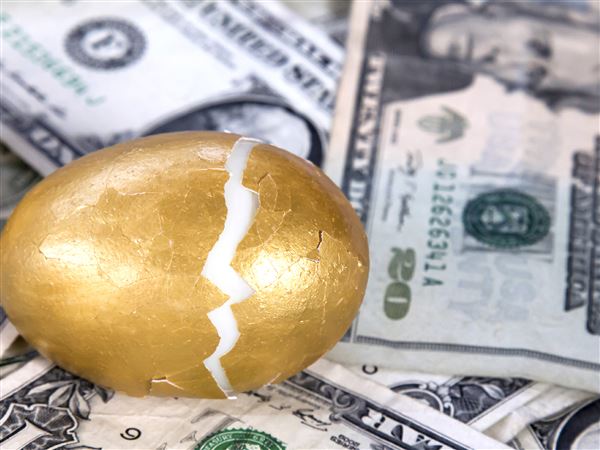Years ago, I knew an old black heavyweight boxer who ended up as a parking lot attendant. He told me once that his first job had been as a newsboy, selling The Chicago Defender on a South Side street corner. He threw back his head and gave me one of his sales chants: “Hey, lady, with the bald-headed baby, buy The Chicago Defender!”
Houghton Mifflin Harcourt ($32).
Then he smiled. “That was sure a fine paper. It really stood up for the race.” It did indeed. If newspapers were the glue that held white communities together, they were even more important in black America. They helped create communities after slavery ended.
They gave hope to a people without it and gave African-Americans news of their triumphs and sorrows, of their struggles and setbacks when no “mainstream” paper would cover them.
And the most important black newspaper was — and perhaps still is — The Chicago Defender. It fought against lynchings and stood up to racism with in-your-face headlines and editorials in an era when that was by no means safe to do, even in Chicago.
Now, for the first time, Ethan Michaeli, who spent five years as an investigative reporter and copy editor for the paper, has given us a full narrative of its amazing history.
The book is not perfect. It has a number of small annoying errors, including the statement that all the people killed in the 1967 Detroit riots were black (nine were white). More baffling, some of the illustrations are so small you often literally need a magnifying class to see the faces of the dramatic characters whose stories are chronicled here.
But “The Defender” is a captivating read. Few stories are as inspiring as that of the founder, Robert S. Abbott, a poor black youth from Georgia who came to Chicago to sing in a quartet and was inspired and radicalized when he heard Frederick Douglass speak at the 1893 Chicago World’s Fair. He earned a law degree — but was then advised that he was too dark-skinned to successfully practice law.
So he started a newspaper in May 1905, spending his last quarter on pencils and notebooks. “Without any capital to hire a staff, he resolved to be his own reporter, editor and circulation crew as well as publisher,” Mr. Michaeli notes. He assembled the Defender on his landlady’s dining room table, often went hungry, and paid his printing bill with the pennies he got from selling copies on the street.
Amazingly, it was successful. The author thinks that was in part because its humble origins meant “it ensured the newspaper was beholden to the whole community rather than one family, business concern, political party or interest group.”
That may be so, but Abbott’s flair for showmanship undoubtedly helped. From the start, the front page proclaimed the paper was “The World’s Greatest Weekly.”
The Defender adopted big lurid headlines before that was fashionable. To mock white newspapers’ practice of noting whenever someone was black, the Defender would identify even a president as “Woodrow Wilson (white).” Unlike any other black newspaper, North or South, it urged blacks to fight against lynching.
One of the final photos in the book shows a young and skinny state senator meeting with a Defender reporter and publisher, asking unsuccessfully for an endorsement for a congressional race he didn’t have a prayer of winning. His name was Barack Obama.
Newspapers have fallen on difficult times in recent years, thanks in part to the flight of advertising to the Internet. For the black press, the crisis came earlier, when the success of the civil rights movement meant that many of black journalism’s biggest stars were lured to white-owned publications, and subscribers followed as well.
Nevertheless, the Defender, which had published daily until a decade ago, still endures as a weekly. Mr. Michaeli, who is white, said he was compelled to write this book because working there enabled him to see that so much we think we know about race “is a pernicious lie … challenged in each generation by a courageous few who believe that this nation can truly become a bastion of justice and equality.”
That was Robert Abbott’s goal. The story of the newspaper he built, and the impact it had, is more than worth a read.
Jack Lessenberry is the ombudsman for the Toledo Blade and teaches journalism at Wayne State University.
First Published: February 14, 2016, 5:00 a.m.
















